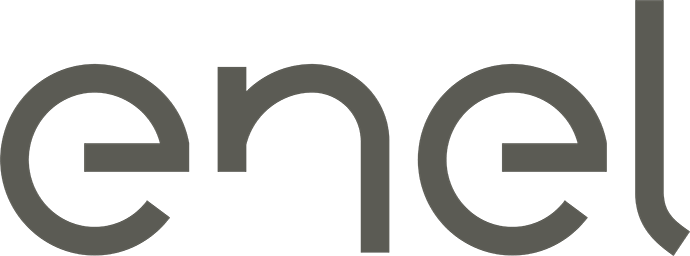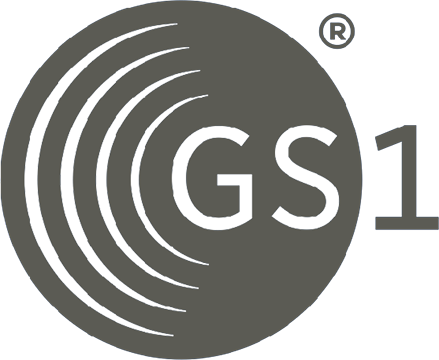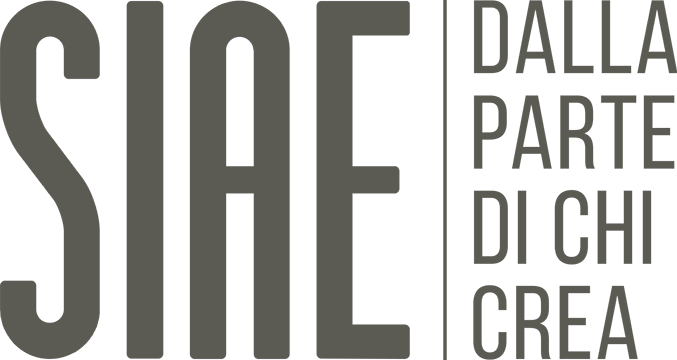Acceleriamo la tua evoluzione digitale per vincere le sfide più complesse
Potenziamo il tuo business progettando esperienze digitali omnicanale e data-driven, coerenti con i tuoi valori.
Le forme del nostro offering
Digital Strategy
Eleva la vista del tuo business e valorizza la tua unicità. Esplora nuovi orizzonti.
Per risolvere sfide complesse ti serve avere chiari capisaldi. Per questo la strategia che definiamo parte sempre dall’analisi di mercato e dei valori che il brand intende comunicare.
Digital Marketing
Cattura gli insight che contano, anticipa e migliora le azioni strategiche. Innesca una crescita continua.
Per evolvere ti serve sperimentare rapidamente. Identifichiamo, raccogliamo e analizziamo i dati utili a riconoscere le opportunità di ‘continuous improvement’ e attuare processi iterativi per migliorare le performance del tuo business.
Digital Experience
Adotta metodologie e framework di design con un approccio attento, evolutivo e collettivo. Crea con una prospettiva chiara.
Per creare esperienze fluide e consistenti ti serve una guida consapevole. Ecco perché accompagniamo i nostri clienti in un percorso evolutivo fatto di co-design, empatia e rispetto delle risorse.
Insieme a Spindox
Abilita l’innovazione tecnologica all’intersezione tra il mondo fisico e digitale. Vivi un’esperienza autentica.
Per realizzare esperienze seamless ti servono capacità tecniche di livello. In un’era sempre più sintetica, lavoriamo per integrare al meglio valori, ambizioni e obiettivi.
Nativi di un ecosistema tecnologico a tutto tondo.
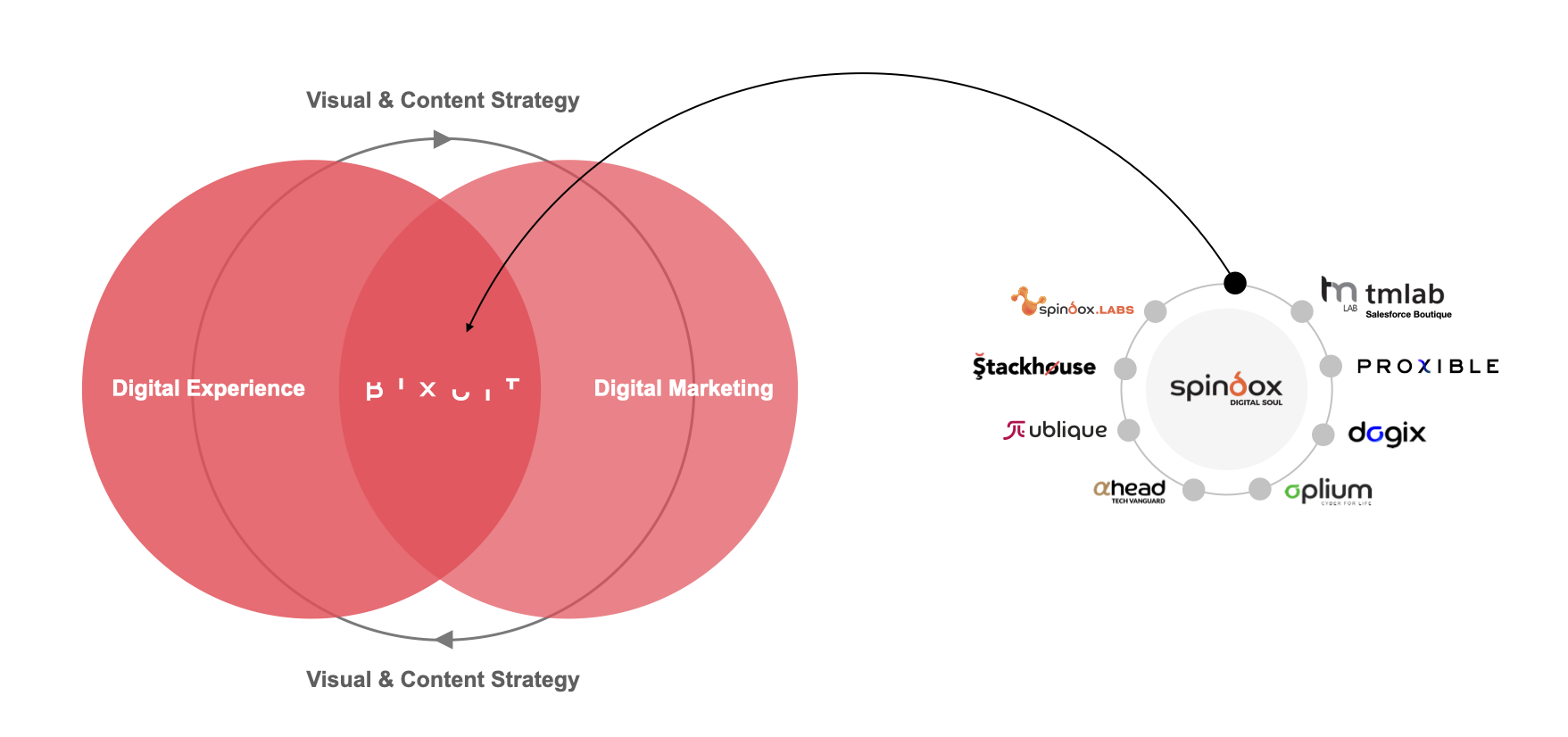
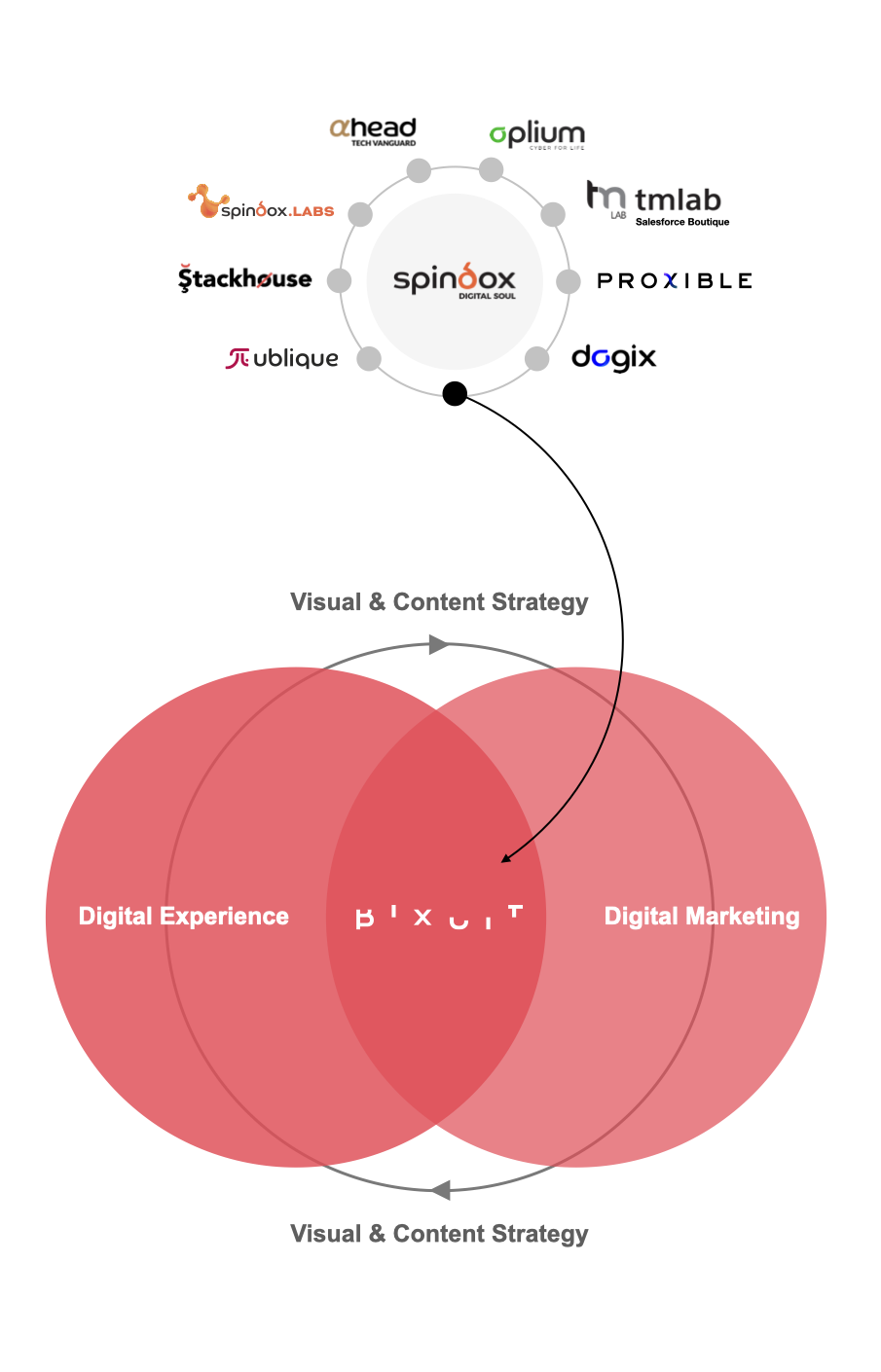
Siamo sul pezzo.
In ogni punto della catena di valore.
Negli ultimi anni abbiamo perfezionato il nostro approccio olistico al design, lavorando per leader di mercato B2B e B2C in settori diversificati.
La UX racchiude l’intera esperienza che una persona ha con un brand e la soddisfazione che può trarre dall’utilizzo di un prodotto o un servizio.
Per questo motivo quando progettiamo un’esperienza, in Bixuit adottiamo un approccio End-to-end, che tiene conto del “sistema valore” sia rispetto al singolo obiettivo sia nel suo insieme.
Strategy Design
Studio e analisi del contesto e definizione delle linee guida di progettazione.
Digital Analytics
Analisi strategica dei dati e definizione dei KPI per il monitoring e il continuous improvement.
Design
Progettazione del servizio con focus sull’esperienza degli utenti in linea con l’ecosistema di appartenenza.
Business Execution
Processo di sviluppo in grado di strutturare e sostenere la crescita del business.
I nostri clienti





